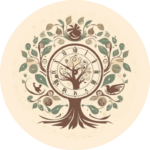Giving birth in early modern Europe was a dangerous rite of passage, one which most women would go through, and some would not survive. Women were largely defined by their domestic roles as wives and mothers: going through childbirth often changed a woman’s social status, as matrons were usually more respected, in no doubt thanks to their lived experiences giving birth and caring for their families.
‘Unnatural Mothers’: The Surprising History of Abandoned Children
When I was around four years old, I was terrified of the tale of Hansel and Gretel. How could a mother just abandon her children in the woods, even if the family had nothing to eat? Somehow that seemed even worse than the fact that a grandmotherly figure would trap those same children and try to eat them.



